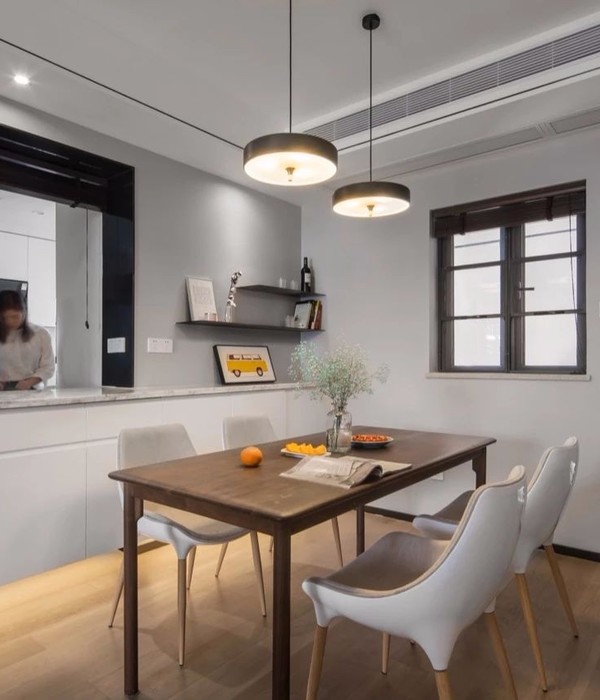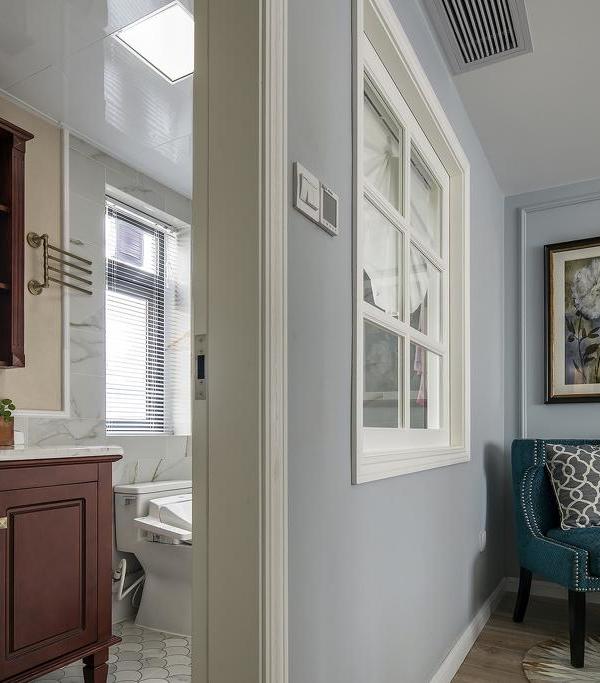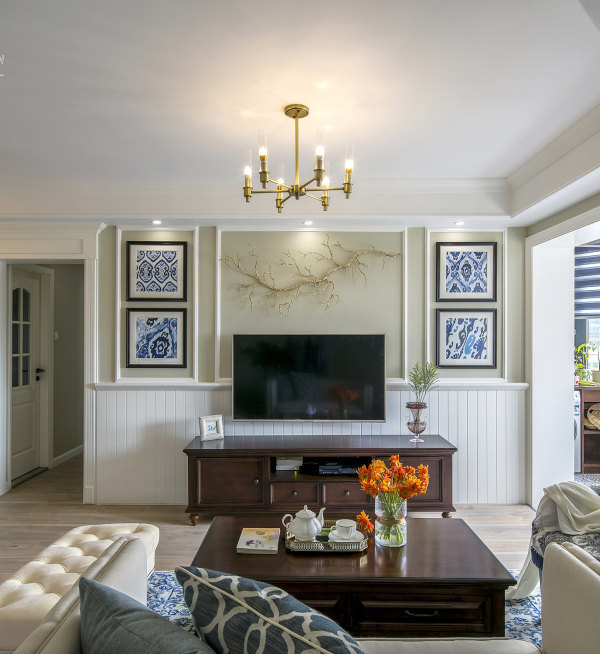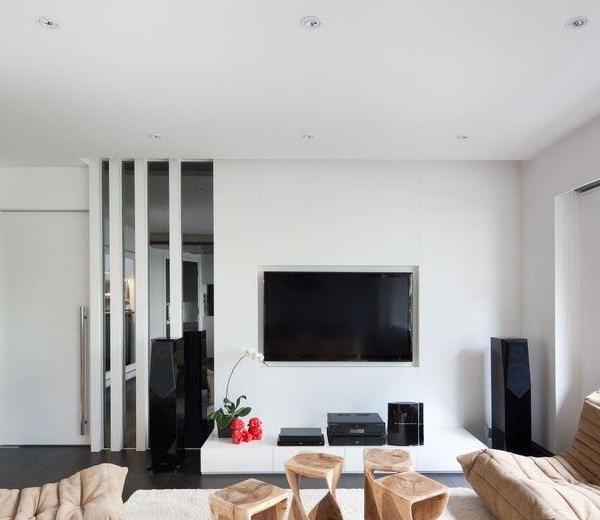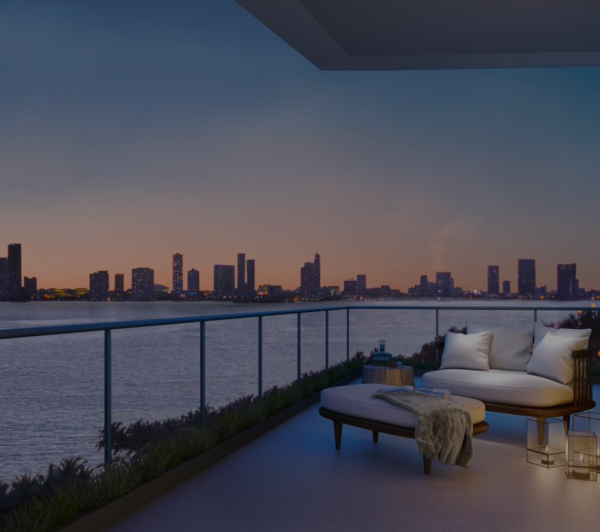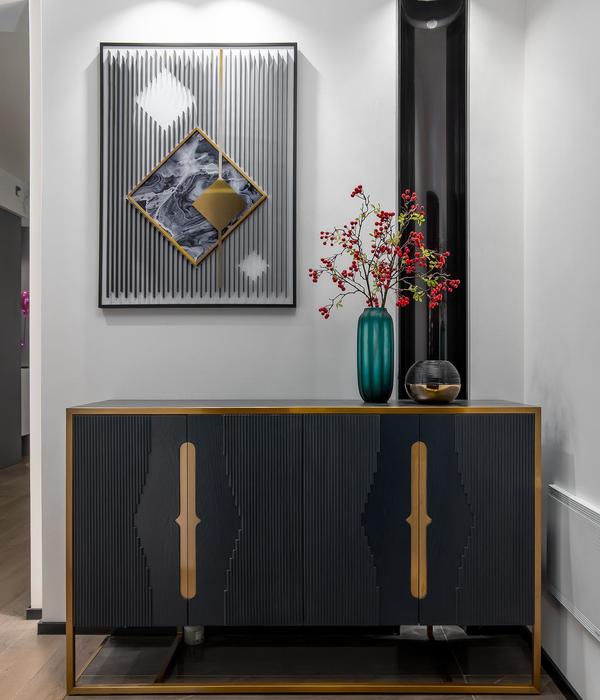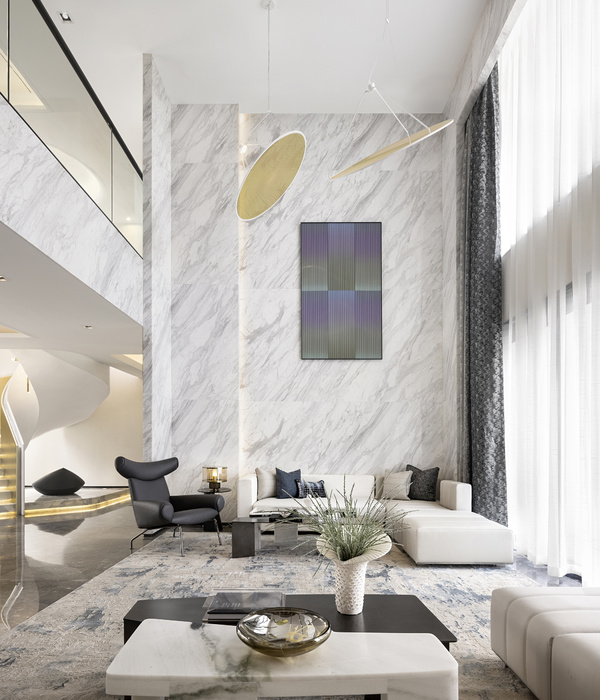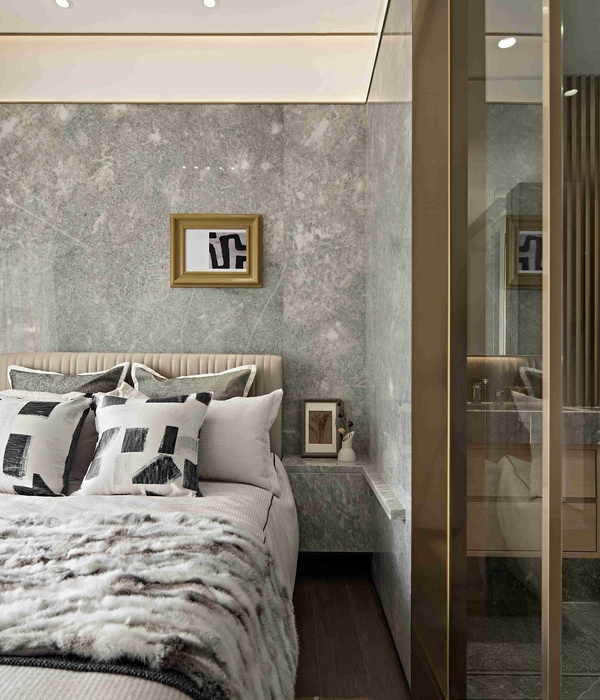The Sixth Order installation by Michael Hansmeyer opens at the Gwangju Design Biennale 2011. The installation engages the main theme of the Biennale ‘dogadobisando’ (design is design is not design) by presenting not a designed object, but instead proposing the design of a process to generate objects.
The Sixth Order involves the development a column order based on subdivision processes. It explores how a procedural approach to form can define and embellish this column order with an elaborate system of ornament. This approach inherently shifts the focus from a single object to a family of objects: endless permutations of a theme can be generated. For the Gwangju Biennale, a single process was used to generate four individual columns. The resulting columns have not a single surface or motif in common, yet due to their shared constituent process, they form a coherent group.
When entering the exhibition room, the viewer at first perceives sixteen columns. This effect, created by the use of two floor-to-ceiling mirrors on adjoining walls, is intentionally accentuated by the columns’ design. Thus the columns are symmetrical along only a single axis, and they have a different appearance when seen from the front or the back. In effect, two column permutations are united in a single column – with eight virtual models forming the four physical objects.
While the procedural approach to design enables this multiplicity of output, it also expands the solution space on the level of the single object. It thus allows the creation of objects that are otherwise undrawable – and perhaps even unimaginable – in terms of their detail and complexity.
Michael Hansmeyer is an architect and programmer who explores the use of algorithms and computation to generate architectural form. He is currently based at the CAAD group of the Swiss Federal Institute of Technology architecture department in Zurich.
The Gwangju Design Biennale is an international design event held in Gwangju, South Korea. In its current form it comprises four large themed exhibition halls with installations, workshops and events. As the first design biennale of its kind, the Gwangju Design Biennale pursues the convergence and consilience of all design fields, rather than classifying each genre, and features cubic and experimental activities of visual culture.
“Ambitious, intellectually provocative and generously funded, the Gwangju biennale seems set to be one of the most compelling design events of the autumn […]” – New York Times
这是Michael Hansmeyer参加韩国光州设计双年展的作品:第六秩序。材料是ABS塑料,这些塑料一张厚1毫米,共使用10800张。这个作品不是为了展示设计最终对象,而是提出一个生成对象的过程。进入展览室,观众将看到16个柱子。这是做了一个直角墙面镜子所造成的效果,实际上只是用了4根柱子。
作品形式复杂,每一个面都不相同。使用程序输出这种设计。如果没有程序,就这个作品的细节和复杂性来讲,这将是不可想象的创作。
Michael Hansmeyer使用程序算法探索建筑形式,他目前在瑞士苏黎世联邦技术学校建筑学院。纽约时报评价其为光州设计双年展最为瞩目的设计活动之一。
Fabrication work-in-progress 制作过程中
Photo © Michael Hansmeyer
Photos of the fabricated column (in ETH))在ETH展出时的照片
Photo © Michael Hansmeyer
Materials:
ABS plastic in 1mm sheets (10800 sheets total), wood and iron core
Individual columns
Dimensions:
-40-70 cm diameter, 270 cm height
Exhibition room: 700 x 500 x 300 cm
Venue:
Gwangju Design Biennale 2011, Gwangju, South Korea
Duration
:September
2 – October 23, 2011
Artistic Directors: Seung H-Sang, Ai Weiwei
Photos of the fabricated column在ETH展出时的照片
Photo © Michael Hansmeyer
MORE:
Michael Hansmeyer
,更多请至:
{{item.text_origin}}

